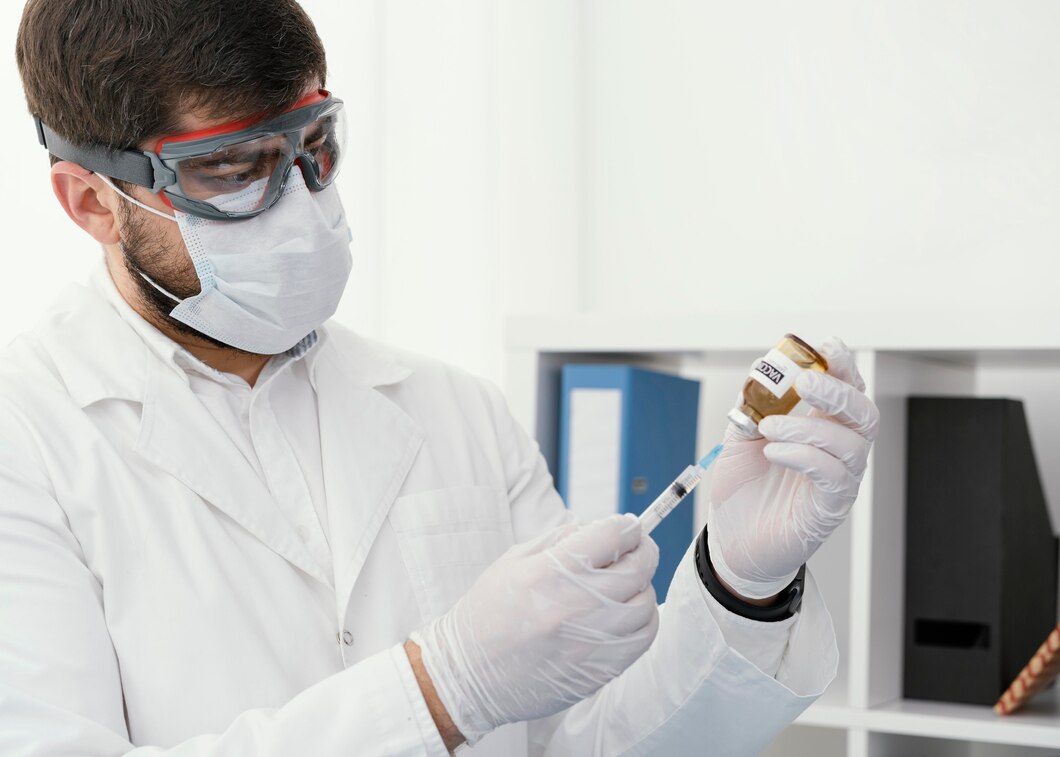Interstitial Lung Diseases (ILDs) represent a complex group of lung disorders that affect the lung’s interstitium—the delicate network of tissue that supports the air sacs. Diagnosing ILDs can be particularly challenging due to the overlapping clinical and radiologic features of the different subtypes. As a result, physicians rely on multiple diagnostic tools to form a comprehensive picture of the disease. One such valuable tool is bronchoalveolar lavage fluid (BALF).
In this article, we’ll explore the importance of bronchoalveolar lavage fluid samples in diagnosing ILDs, compare them with other biological materials such as human tumor tissues, human plasma samples, muscle biopsy samples, and human serum samples, and discuss how biospecimen companies in places like San Francisco are playing a pivotal role in lung disease research and diagnostics.
What is Bronchoalveolar Lavage Fluid?
Bronchoalveolar lavage (BAL) is a minimally invasive procedure performed during bronchoscopy. It involves instilling a sterile saline solution into a part of the lung and then collecting it for laboratory analysis. The fluid collected, known as bronchoalveolar lavage fluid, contains cells, proteins, and other soluble components from the lower respiratory tract, making it a direct window into lung health and pathology.
Why BALF is Crucial in Diagnosing Interstitial Lung Diseases
Unlike some other samples like human plasma or human serum samples, which are systemic and not organ-specific, BALF provides localized insight into the lung environment. This is particularly important for ILDs, which often involve inflammation, fibrosis, or cellular abnormalities in the alveolar region.
Here’s how BALF enhances diagnostic accuracy in ILDs:
1. Cellular Analysis
The cell count and differential (types of cells present) in BALF can help differentiate between various types of ILDs. For example:
- Increased lymphocytes suggest hypersensitivity pneumonitis or sarcoidosis.
- Neutrophilic inflammation may point to idiopathic pulmonary fibrosis (IPF) or infections.
- Eosinophilic predominance could indicate eosinophilic pneumonia.
2. Microbiological Testing
BALF can be cultured for bacteria, fungi, and viruses, helping rule out or confirm infections that mimic or coexist with ILDs. This is particularly valuable when differentiating between an infectious process and an exacerbation of ILD.
3. Biomarker Discovery
Advanced analysis techniques like proteomics and metabolomics applied to BALF are uncovering potential biomarkers that can aid in the early detection and progression monitoring of ILDs. Unlike muscle biopsy samples or human tumor tissues, which require invasive surgical procedures, BAL is safer and can be repeated for follow-up.
4. Immunologic Studies
Immune cell markers and cytokine profiles from BALF provide insights into the immune response in the lungs, assisting in the diagnosis of autoimmune-related ILDs like connective tissue disease-associated interstitial lung disease.
How BALF Compares to Other Biospecimens
Researchers and clinicians often use a variety of biospecimens to understand disease pathology. Each type has its strengths:
- Human Tumor Tissues: Critical for cancer diagnosis and genomic studies but not specific to non-malignant ILDs.
- Human Plasma Samples: Useful for systemic biomarker identification but lack the localized context of lung pathology.
- Human Serum Samples: Often used in autoimmune screenings, but alone may not pinpoint lung-specific conditions.
- Muscle Biopsy Samples: Sometimes used when muscle involvement is suspected in systemic diseases, but not directly relevant to most ILDs.
- Bronchoalveolar Lavage Fluid Samples: Offer the most lung-specific insights, especially when paired with imaging and histopathology.
The Role of Biospecimen Companies in Advancing ILD Research
As personalized medicine and biomarker discovery become more central to healthcare, the demand for high-quality biospecimens has grown significantly. Biospecimen companies in San Francisco and other biotech hubs are stepping up to meet this demand. These companies provide researchers and healthcare institutions with ethically sourced and well-annotated human biological materials, including bronchoalveolar lavage fluid samples, human serum samples, and human tumor tissues.
By offering standardized collection, storage, and distribution services, these biospecimen providers ensure the integrity and reproducibility of research. For ILDs, where diagnostic precision is vital, access to well-characterized BALF samples accelerates the development of new diagnostic tools and therapeutic strategies.
Challenges and Considerations
While BALF analysis is extremely valuable, it’s not without limitations:
- Sampling variability: BAL only samples a small portion of the lung, and results can differ based on where the fluid is collected.
- Interpretation expertise: Accurate analysis requires trained pulmonologists and pathologists familiar with ILDs.
- Limited availability: In some settings, especially outside of large research centers or hospitals, access to BAL procedures or sample analysis may be limited.
Conclusion
Bronchoalveolar lavage fluid is a powerful diagnostic tool in the evaluation of interstitial lung diseases. It provides localized, cellular, and molecular information that cannot be gleaned from other biospecimens such as human serum samples, human plasma samples, or muscle biopsy samples. When used in conjunction with imaging, clinical history, and possibly lung biopsy, BALF significantly enhances diagnostic confidence and patient care.
Furthermore, the contributions of biospecimen companies in San Francisco and other innovation hubs are crucial in supporting ILD research. Their work in sourcing, storing, and distributing high-quality bronchoalveolar lavage fluid samples ensures that clinicians and scientists can continue to push the boundaries of what’s possible in lung disease diagnostics and treatment.
As ILDs remain a complex and evolving field, tools like BALF—alongside a reliable ecosystem of biospecimen resources—are key to improving outcomes and personalizing care.






Comments